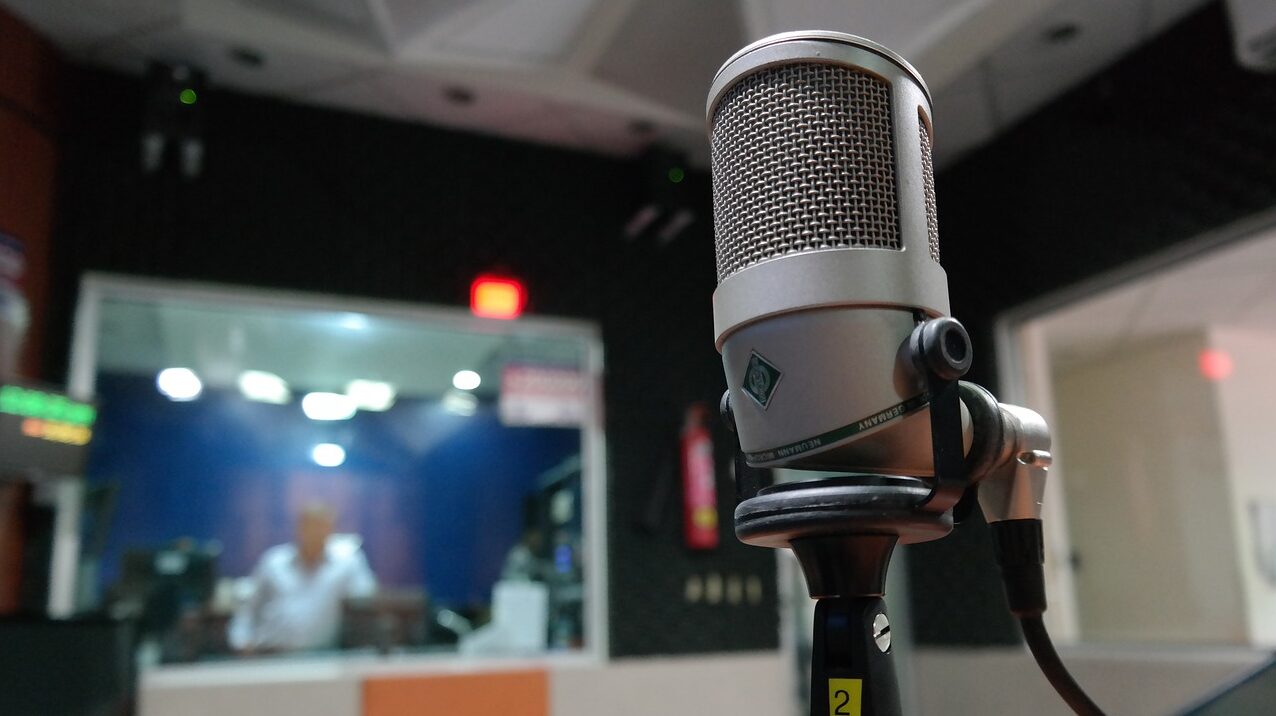
If you were into Top 40 radio and great disc jockeys, I think you’ll enjoy this link, shared by my old friend Bill Sobel.
It’s audio of Jonathan Wolfert, the man behind the jingle company JAM Creative Productions, looking back at ABC’s 1982 attempt to create Superadio, a satellite-delivered 24/7 station of current hits played by some of the greatest DJs in the country. They included New York radio legends Dan Ingram, Ron Lundy, Jay Thomas, Bob Dayton, Carol Mason, and Jack Spector, plus talent from other cities including Larry Lujack, Robert W. Morgan, and Dr. Don Rose. The men in charge would be Joel Salkowitz and ABC Radio Vice President Rick Sklar, who had programmed WABC/New York during its time as the Most Listened To Station In The Nation.
With more and more music fans listening to FM stations, AM outlets faced a decision. Many of them opted to switch to a talk radio format, including WABC on May 10, 1982, after Ingram and Lundy did a final Musicradio 77 show. Superadio was scheduled to premiere less than two months later on July 4. Wolfert explains how ABC spent a bunch of money building new state-of-the-art studios, hired a staff of about twenty, and contracted with JAM to create a brand new jingle package. One element of that would be two-part jingles, where the national feed would include the first half and the local station would insert the second half containing its call letters, cued to play by a silent signal sent from the network.
JAM also produced a jingle and music bed for weather forecasts, which were customized for affiliates by either AccuWeather or the National Weather service. Those, too, would be cued by Superadio and played on the individual stations in a predetermined twenty-second slot.
Unfortunately, ABC couldn’t line up enough affiliates and sponsors for Superadio, so it was canceled ten days before it was supposed to debut, much to the disappointment of media freaks like Bill and me, who had really been looking forward to hearing the product and those famous radio personalities. But Wolfert and his colleagues produced jingles for it, using fictional call letters. Even better, he kept in his archives a demo of Ingram — who I and many others considered the greatest radio DJ of all time — showcasing how Superadio would sound. I can’t embed the audio, but you can listen to it here. If you’re even more of a radio geek, you can read a PDF of the Superadio Operations Manual.
When I took over the morning show at 105.9 WCXR in Washington, DC, in 1986, it had a sister station, 730 WCPT. It was an AM station with a small signal which was only listenable during daylight hours. While we were becoming ultra-successful with Classic Rock on the FM, the AM carried a live, satellite-delivered R&B music format called Heart & Soul, which ran off a desktop computer in a back room and had no overhead or staff. It also had the tiniest possible audience, garnering nothing more than an asterisk in the Arbitron radio ratings reports. Thus, it brought in no money at all, but didn’t cost anything, either, since the station got the programming for free in return for running national commercials sold by the syndicator.
My only connection to WCPT was having to go in that room before and after my WCXR show to swap out the tape cartridges of the Heart & Soul DJs saying their names and the station’s call letters. Those were cued silently by the national service, much as the second half of those Superadio jingles would have worked.
The midday guy on WCPT had a great radio name — Alvin John Waples, who often referred to himself as “Helen Waples’ baby boy.” He was a total pro who executed the format flawlessly, including the insertion of the local call letters so it all melded perfectly. Unfortunately, there were a few occasions where whoever was on the FM forgot to put the right AM carts in the machine, and some other jock’s name would air at the wrong time — a mistake that went unnoticed by 99.99% of the world, including me, because I was busy doing my show on WCXR.
WCPT kept the Heart & Soul format on the air until 1990, when it began carrying the audio feed of CNN Headline News. Today, the TV channel is known simply as HLN and carries no news or other original programming at all. But in those days, Headline News programming consisted of well-produced continuous half-hours of news, sports, weather, and business info in the style of all-news radio stations. Originally dubbed CNN2, it was launched by Ted Turner to stave off competition from another cable outlet, ABC/Group W’s Satellite News Channel, which Turner eventually bought and shut down.
I liked the Headline News audio on WCPT, although there were plenty of times the anchors referred to something visual (e.g. a chart, a weather map) which the radio audience couldn’t see. But it had a unique sound because its reporters — working in television — were out in the world, which you could hear in the background of stories they filed from street corners, disaster zones, and everywhere else. It gave the whole thing an aural quality other radio news outlets couldn’t match.
But that format didn’t attract listeners, either. Eventually, WCPT was sold, then re-sold several times, and today has the call letters WTNT with a Spanish-language format (“La Mega Capital”) while WCPT was reassigned to a progressive talk station in Chicago.
Meanwhile, there are streaming audio services, podcasts, and a syndicator using the Superadio name, but none offer anything close to what could have been truly super.
